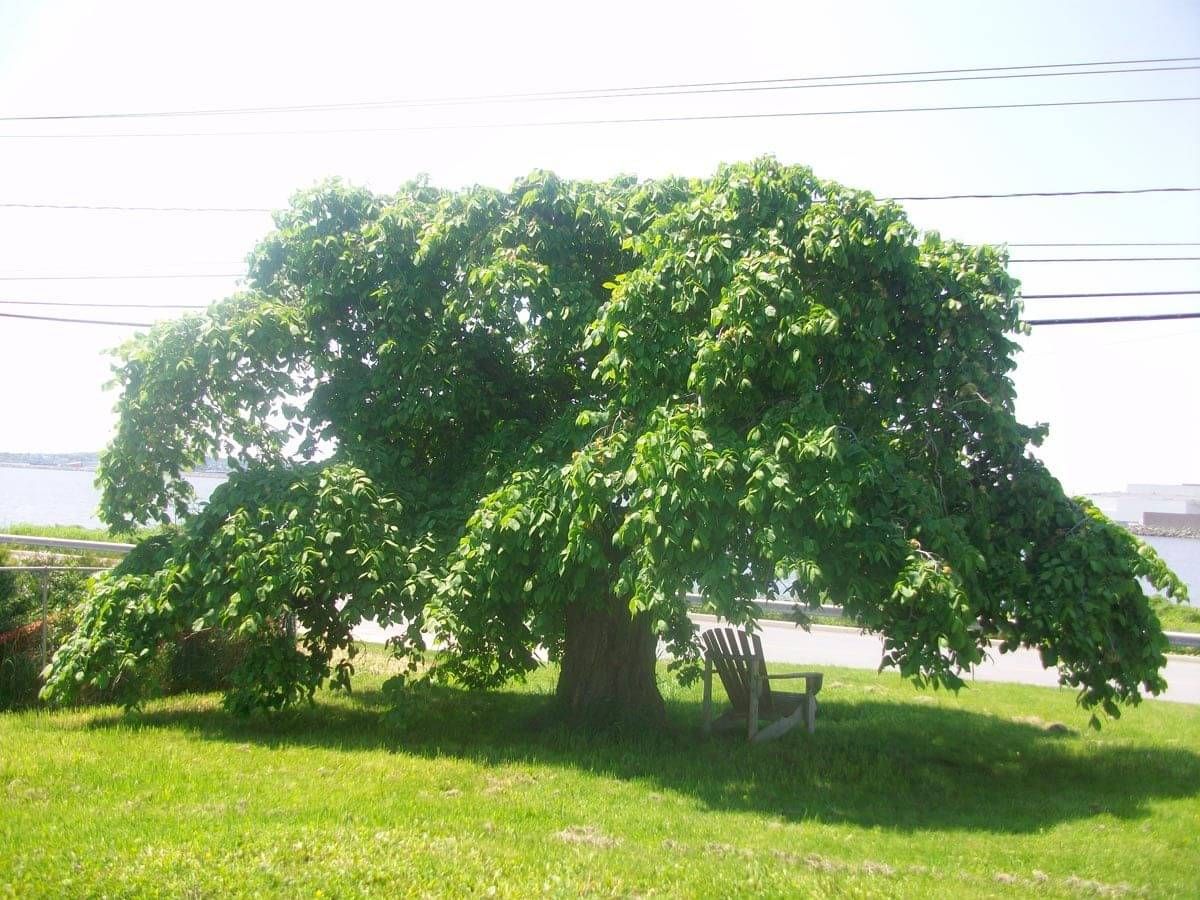Scotch elm
Ulmus glabra, the wych elm or Scots (Scotch) elm, has the widest range of the European elm species, from Ireland eastwards to the Ural Mountains, and from the Arctic Circle south to the mountains of the Peloponnese and Sicily, where the species reaches its southern limit in Europe; it is also found in Iran. A large deciduous tree, it is essentially a montane species, growing at altitudes up to 1,500 m. preferring sites with moist soils and high humidity. The tree can form pure forests in Scandinavia and occurs as far north as latitude 67°N at Beiarn Municipality in Norway. It has been successfully introduced as far north as Tromsø and Alta in northern Norway (70°N). It has also been successfully introduced to Narsarsuaq, near the southern tip of Greenland (61°N).
The tree was by far the most common elm in the north and west of the British Isles and is now acknowledged as the only indisputably British native elm species. Owing to its former abundance in Scotland, the tree was occasionally (primarily historically) known as Scots elm; Loch Lomond is said to be a corruption of the Gaelic Lac Leaman interpreted by some as 'Lake of the Elms', 'leaman' being the plural form of leam or lem, 'elm'.
Closely related species, such as Bergmann's elm U. bergmanniana and Manchurian elm U. laciniata, native to northeast Asia, were once sometimes included in U. glabra; another close relative is the Himalayan or Kashmir elm U. wallichiana. Conversely, Ulmus elliptica from the Caucasus, considered a species by many authorities, is sometimes listed as a regional form of Ulmus glabra.
Wikipedia

Visit Our Site
89 Thornton Road
Cambridge
Waipa
New Zealand
Donations
Kiwibank, 38-9005-0635102-01

